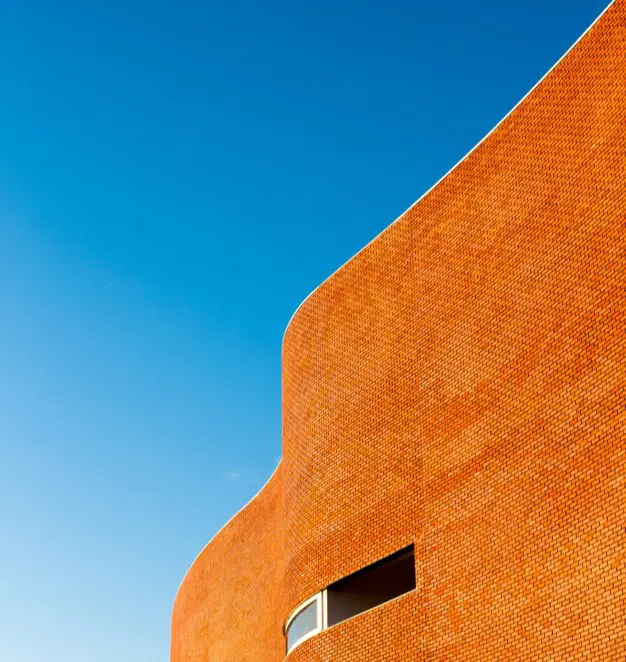One of the key benefits of using mycelium in disaster relief efforts is its low cost. Traditional building materials like concrete and steel can be expensive, which can make it difficult to rebuild after a natural disaster. Mycelium, on the other hand, can be grown and harvested locally, reducing the need for transportation and the associated costs. In addition, the production of mycelium requires far less energy and resources than traditional building materials, making it a more cost-effective option.
Mycelium is also a sustainable building material, as it is completely biodegradable and can be grown and harvested without causing any harm to the environment. This makes it a more environmentally-friendly option than traditional materials, which can have a negative impact on the environment due to their production and disposal.
Mycelium is also a natural insulator, with a high insulation value. The tiny, interconnected cells of the mycelium are able to trap air and water vapor, providing a natural insulation barrier. This means that buildings constructed with mycelium can potentially have better energy efficiency, which can help to reduce the cost of heating and cooling.
While mycelium may not be suitable for every application, it has the potential to play a significant role in disaster relief efforts. Its low cost, sustainability, and natural insulation properties make it an attractive alternative to traditional building materials, and as more architects and builders become aware of its benefits, we can expect to see a greater adoption of mycelium in disaster relief projects.


